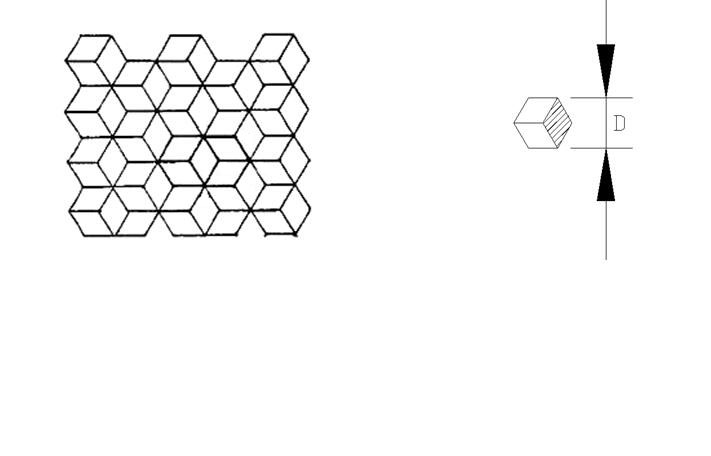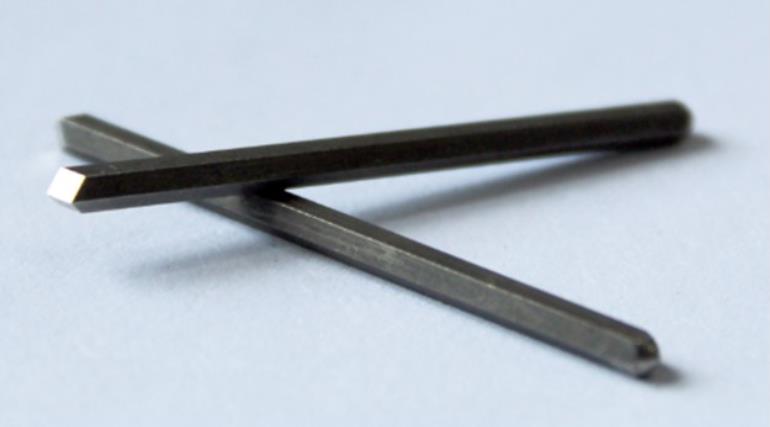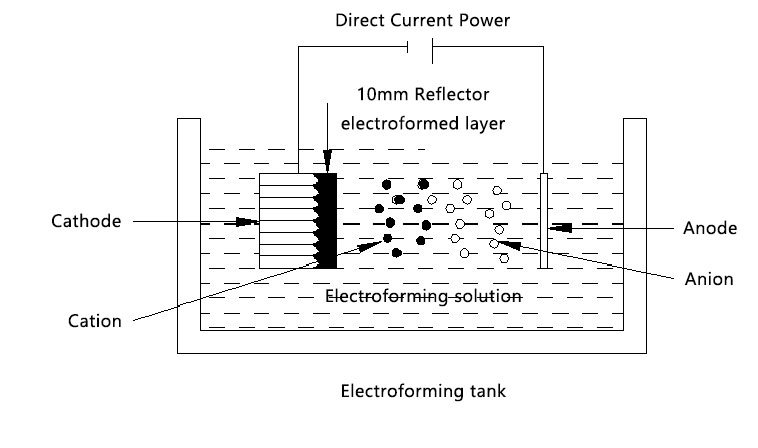
Principle of Reflex reflector


Reflex reflector is composed of a plurality of reflex reflective optical element arrays.Reflex reflective optical units mainly include microbeads and cubic pyramid prisms.The reflex reflector used in automobile is composed of many cube corner prism arrays,plastic Optical injection molding.
The so-called cube pyramid prism,That is, a reflection prism with three reflection surfaces at right angles to each other, also known as a three sided right angle cone prism, a corner prism, a corner cone prism, etc.
Electrodeposition on the master mold of RR tool adopts electroforming process and then separation to manufacture (or replicate) nickel products. Its basic principle is the same as electroplating..But,.During electroplating, it is required to obtain a metal coating that is firmly bonded with the substrate to achieve the purpose of protection and decoration.The electroforming layer should be separated from the core mold, and its thickness is much larger than the plating layer.The thickness of the electroformed layer is generally 0.01-0.05 mm per hour. The reflector is electroformed with a conventional thickness of more than 10mm.


Regulatory standard
Only one of the six sets of rays is actually within the valid detection area when testing the Reflex reflector.
Conventional Angle
0.200°
0.333°